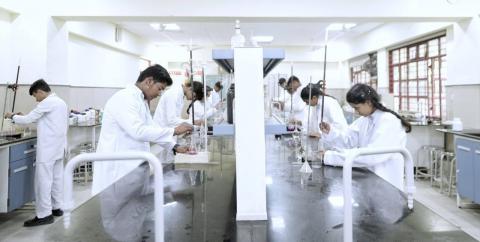
India's Education Sector: A Battle Between Public Good and Private Profit
Neoliberal market forces have been pressuring governments worldwide to withdraw from service sectors, especially education and healthcare. Through their dominance in media and government, they have almost crippled the public education system in developing countries like India. Access to education is often determined by one's ability to pay, resulting in a graded education system that serves society according to one's financial means.
India's freedom fighters saw education as a great leveler in a deeply hierarchical society, and their vision for education as a public good is reflected in the country's constitution. However, the introduction of the new economic policy in 1991 marked the beginning of a decline in public education , as successive governments at both the center and state levels accepted the market narrative that private education delivers better quality. This is far from the truth, as the Unified District Information System for Education (U-DISE) data shows that 23% of private schools lack a library, compared to only 12% of government schools. Private schools lag behind government schools on several important parameters, but the market narrative has favored them.
The corporate world sees India's education sector, which is projected to be worth $313 billion by 2030, as a great opportunity to disrupt and make a profit, as has been the case in other sectors like aviation, telecom, and mining. However, public education is the last bastion of hope for India's poor and deprived to seek social mobility. This opportunity will be lost in the name of quality and choice that corporate forces promise to offer, hidden under their agenda of profit and exploitation.
Delhi has made an unprecedented attempt to revive its public education system, investing heavily in infrastructure and teacher training; It has drawn global attention. While the change in the public education system has been making headlines, it also poses a threat to the global discourse that has declared public education a failed system. Moreover, school premises in Delhi can be converted into lucrative real estate and commercial hubs, which could be another reason for the resistance to the growth of public education in the city.
India has over 80 crore people who depend on the government for free rations, but how can they afford education? A strong public education system across the country is necessary to provide hope and opportunities for social mobility. Winning the battle of narratives is key to achieving this goal, with government schools as a viable and successful option. Delhi's public education system has deeply challenged the narrative of failure, but it needs to emerge victorious to pave the way for a brighter future for India's education system.
- Log in to post comments
